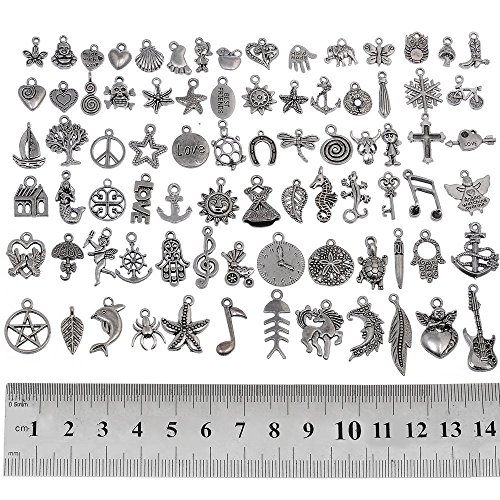VinesnBines
Senior Member
- Joined
- Feb 5, 2020
- Messages
- 1,475
- Reaction score
- 1,945
Hazelemere, do you use sacrificial oak in your Foch primary? What kind?
I’m liking my Foch; my 23 was a field blend of 75% Foch and 25% Leon Millot. Since they are sisters, I bet on a loving family bond. I was right. I’ll make a repeat this year. I’m having trouble keeping the family out of the 23 so it can age or at least get past bottle shock.
Another Foch/Millot tidbit; I kept the 23 on the skins for 12 days, from 9/20 to 10/2. No burnt rubber.
I’m liking my Foch; my 23 was a field blend of 75% Foch and 25% Leon Millot. Since they are sisters, I bet on a loving family bond. I was right. I’ll make a repeat this year. I’m having trouble keeping the family out of the 23 so it can age or at least get past bottle shock.
Another Foch/Millot tidbit; I kept the 23 on the skins for 12 days, from 9/20 to 10/2. No burnt rubber.








![[2 PACK]Wine Bottle Stoppers,Real Vacuum Wine Stoppers,Reusable Wine Preserver,Wine Corks Keep Fresh,Best Gifts for Wine Lovers for christmas gifts.](https://m.media-amazon.com/images/I/419RYqDT+eL._SL500_.jpg)




